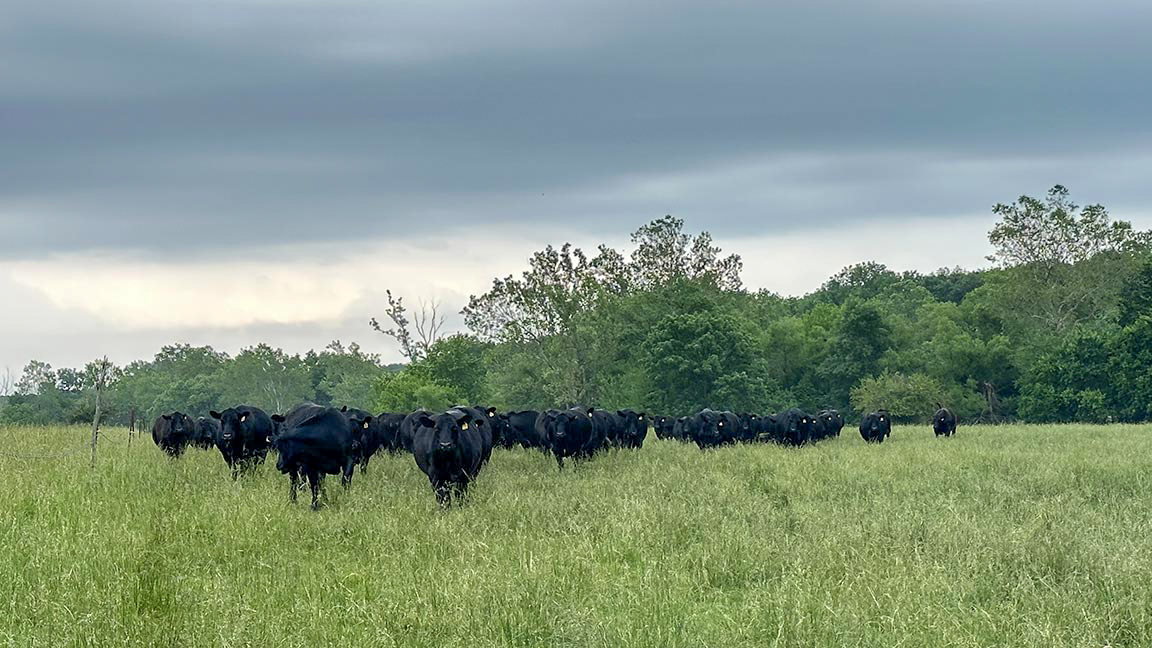Where Should You Emphasize Efficiency?
By focusing on your most important inputs, improving efficiency has the most opportunity to enhance the profitability of your cattle business.
September 4, 2024

Beef production has become more efficient in the 30-plus years I have been involved in the industry. This achievement is due in large part to the genetic selection efforts of seedstock suppliers. I am surprised at times when this achievement is overlooked, and sometimes even derided, by some beef producers and agriculture detractors.
As in all discussions, it is important to clarify the meaning of key words. Efficiency in beef production is defined as the value of all inputs, or the number of inputs of particular value, divided by the quantity or value of output. Some examples include dollar value of all inputs divided by pounds of weight sold, or the number of specific inputs (acres of land, gallons of petroleum products, or number of breeding females) divided by the number or value of pounds sold. Using modern breeding, health and growth management, U.S. beef producers produce much more beef per acre, per gallon of petroleum product and per bred female than was conceivable a generation ago.
Some of the areas within beef production that I think have not reached their potential efficiency include: number of calves born per exposed female, percentage of calves that survive to market, growth efficiency [pounds (lb.) of weight gain per calorie consumed], water use efficiency, number or pounds of calves per acre of land, and percentage of USDA Choice and higher grading carcasses per inputs such as acre of land or calorie of feed. Improving efficiency in these areas involves all aspects of cattle and beef production, including genetic selection, grass and range management, reproductive management, health management and disease prevention, and nutritional management.
It is important when determining how you want to improve efficiency to recognize what resources on your farm are most valuable and need to be conserved.
One important caution when designing a management system to improve efficiency using a single measure is the risk of decreasing efficiency as determined by other measures. For example, a single-minded effort to increase pounds per calf weaned may decrease calves weaned per acre and calves weaned per cow exposed — thereby decreasing efficiency measures such as pounds/value sold per acre or pounds/value sold per exposed cow. Sometimes efforts to improve cost efficiency when measured as dollars of expense per cow exposed will backfire — if number of calves weaned per cow exposed or weight/value of calves weaned decreases, resulting in higher expenses per dollar of income.
It is important when determining how you want to improve efficiency to recognize what resources on your farm are most valuable and need to be conserved. If land is your most valuable resource (as determined by being the input accounting for the highest percentage of cost), you must not lose sight of value of outputs per acre of land. If cows are your most valuable resource, you emphasize most the value of output per cow exposed. By focusing your management plan on improving the efficient use of the most important two or three inputs on your particular operation, improving efficiency has the most opportunity to improve profitability of your cattle business.
Over time, the values of some inputs are likely to increase or decrease in relative importance, meaning that you must occasionally evaluate which inputs are currently the most valuable and readjust your management to emphasize their efficient use.
Many people will quickly recognize increased efficiency does not equal increased profits. This is due to the fact that the value of both inputs and outputs is largely driven by the supply and demand of competing products — independent of beef production costs. In addition, the value of key inputs such as land has grown even faster than the growth in efficiency of land use. However, it is difficult to imagine a successful long-term business plan based on production of less beef per valuable resource such as acre of land, gallon of gasoline, bushel of corn or ton of hay. Profitability for beef production relies both on increasing efficiency and strengthening one’s marketing position in relation to competitors.
The beef industry should be proud it has learned to use the resources that this country greatly values (i.e., land, labor, petroleum and feed) more efficiently. There are still opportunities to continue this tradition of stewardship, and I look forward to seeing the improvements we will achieve during the rest of my career in the beef industry.
Editor’s note: Veterinarian Bob Larson is a reproductive physiologist and epidemiologist in the Beef Cattle Institute at Kansas State University. [Lead photo by Shauna Hermel.]
Angus Beef Bulletin EXTRA, Vol. 16, No. 9-A
Topics: Business , Management
Publication: Angus Beef Bulletin


